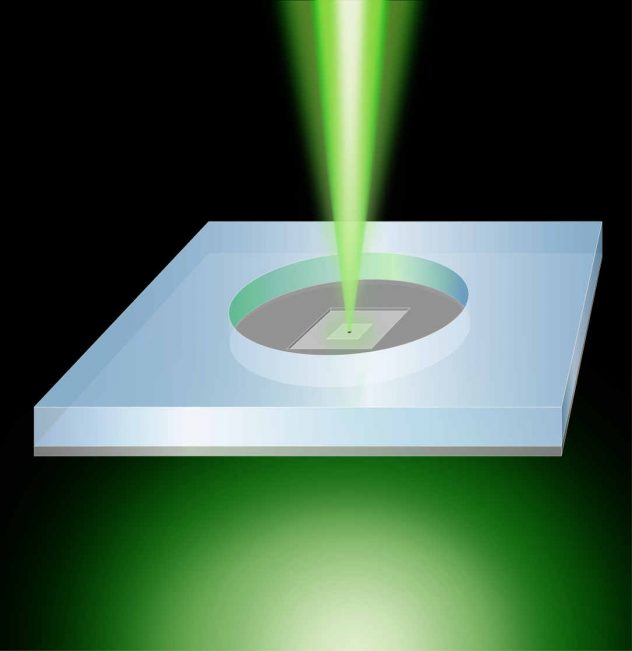Adrian Balan, Bartholomeus Machielse, David Niedzwiecki, Jianxun Lin, Peijie Ong, Rebecca Engelke, Kenneth Shepard, and Marija Drndić
Nano Letters, 14 (12), 7215-7220
2014
DNA sequencing using solid-state nanopores is, in part, impeded by the relatively high noise and low bandwidth of the current state-of-the-art translocation measurements. In this Letter, we measure the ion current noise through sub 10 nm thick Si3N4 nanopores at bandwidths up to 1 MHz. At these bandwidths, the input-referred current noise is dominated by the amplifier’s voltage noise acting across the total capacitance at the amplifier input. By reducing the nanopore chip capacitance to the 1 to 5 pF range by adding thick insulating layers to the chip surface, we are able to transition to a regime in which input-referred current noise (~ 117 to 150 pArms at 1 MHz in 1 M KCl solution) is dominated by the effects of the input capacitance of the amplifier itself.
The signal-to-noise ratios (SNRs) reported here range from 15 to 20 at 1 MHz for dsDNA translocations through nanopores with diameters from 4 to 8 nm with applied voltages from 200 to 800 mV. Further advances in bandwidth and SNR will require new amplifier designs that reduce both input capacitance and input-referred amplifier noise.
Improving signal-to-noise performance for DNA translocation in solid-state nanopores at MHz bandwidths

